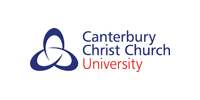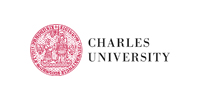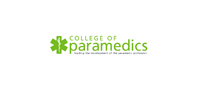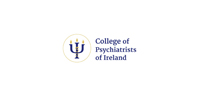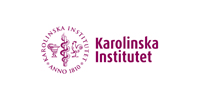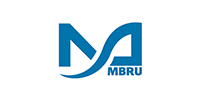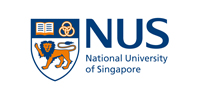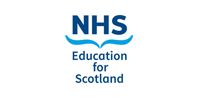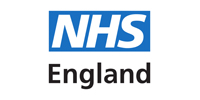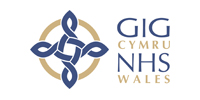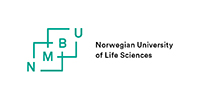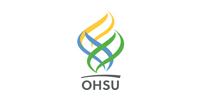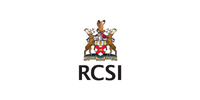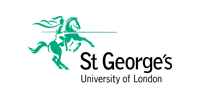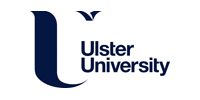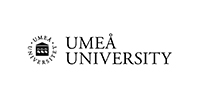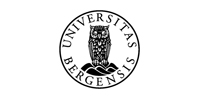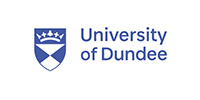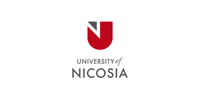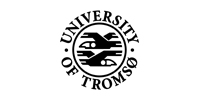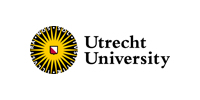This examination involves extended palpation of the cervical spine, followed by a passive range of motion examination.
Procedure
- The patient is lies in supine position on the examination table (occipital bone rests on the table). The examiner is seated on a high stool at the head end and for the duration of the examination, they observe the patient’s face (wincing with pain, changes in colour complex, transpiration) and eyes (rolling, nystagmus, pupils). The examiner constantly informs the patient of the next step in the examination.
- The examiner palpates the external occipital protuberance and mastoid processes bilaterally.
- From the external occipital protuberance, the dorsal side of the cervical spine is palpated in caudal direction in the median line, using the index finger. Directly caudally from the external occipital protuberance an indentation can be felt, in which the NON-palpable tuberculum posterius atlantis is located. Caudally from this, the (large) spinous process of the axis is palpable. In further caudal direction, the other spinous processes are all palpable. Please note: It is possible that the spinous processes of C3 (often) and C4 (occasionally) cannot be palpated separately, because they are hidden beneath a large spinous process of C2. Indication of pain upon pressure on a spinous process (or by pushing it a bit to the left or right) can mean a disorder of the segment in question.
- The examiner then holds the head of the patient with both hands (palms of the hands covering the ears, thumbs on the cheekbones) and ‘rolls’ it gently (combination of lateroflexion and axial rotation in the cervical spine) to the left and right.
Generally speaking, conduct the passive movements in such a manner that you hold the patient’s head firmly with both hands and move your arms and shoulders as little as possible. The examiner should make their movements from the torso and pelvis.
If this movement causes (a lot of) pain and if resistance is felt against this movement, then the passive range of motion examination should NOT be continued, and only careful superficial palpation should take place. - The suppleness of the neck muscles (particularly the scalene muscle and sternocleido-mastoid muscle) is assessed and painful locations are traced.
Note: Bear in mind NOT to palpate SIMULTANEOUSLY on BOTH SIDES in the carotid triangle. - The larger bundles of the cervicobrachial plexus can be palpated (carefully) on either side of the bony cervical spine.
- Move the head in anteflexion, during which the head is pulled lightly.
Ensure that the anteflexion takes place in the low cervical region (chin on chest). - Move the head in anteflexion, but now try to allow the anteflexion to take place in the high cervical region, by carefully moving the chin in the direction of the larynx.
During this, palpate with an index finger the spinous process of C2. Note that the distance between the spinous process of C2 and the occipital bone increases (the indentation on the location of the posterior arch of atlas increases). - The examiner holds the head with both hands (palms of the hands on the ears, thumbs on the cheekbones). The head is again rolled carefully to the left and right across the table a number of times (lateroflexion in combination with axial rotation in the cervical spine). Ask if there is any pain and localise the painful location using your index fingers (high, middle or low in the cervical spine). If this movement is possible and the patient does not indicate any severe pain, and there is no strong resistance against movement either, the passive range of motion examination can be continued. The handling procedure described above is always the starting point.
- The examiner places both palms of the hands against the sides of the head and palpates the mastoid process with the middle fingers. Thereafter, again using the middle fingers, both transverse processes of C1 are palpated simultaneously (directly caudally from the mastoid process). Alternate pushing and releasing of the one middle finger on the one transverse process can be observed on the other side with the other middle finger.
With a relaxed neck, the atlas can normally be shifted 1 mm to the left or right without causing pain. The appearance of pain may indicate a disorder of the C0-C1 segment. - If the patient did not indicate much pain during the anteflexion movement, conduct lateroflexion of the head WITHOUT axial rotation (move ears of the patient to the corresponding shoulder). Keep an index finger on the spinous process of C2 and note that (in normal cases) it moves in an opposite direction with respect to the occipital bone.
A combination of lateroflexion and axial rotation takes place in the segments caudally from C2 and an opposite rotation in the C1-C2 segment. If, during the movement, pain is indicated high in the cervical region then the movement can be modified by also turning the face of the patient to the shoulder to which the lateroflexion takes place. In this manner, no (or much less) rotation takes place in the C1-C2 segment. If this latter movement causes much less pain, it is an indication of a disorder of the C1-C2 segment. - Extension in the cervical spine is examined when the patient is seated on a stool. Again, the head is guided by both of the examiner’s palms (high or low cervical retroflexion).
- Pain during tension of the splenius capitis muscle and semispinalis capitis muscle is examined with the patient in knee-hand position, in prone position, or stooped forward on a stool whilst the patient actively carries out an axial rotation of the head (reasonably light stress for these two muscles). During this axial rotation of the head, different muscles will avert flexion of the head (caused by gravity) at different phases of the rotation.

